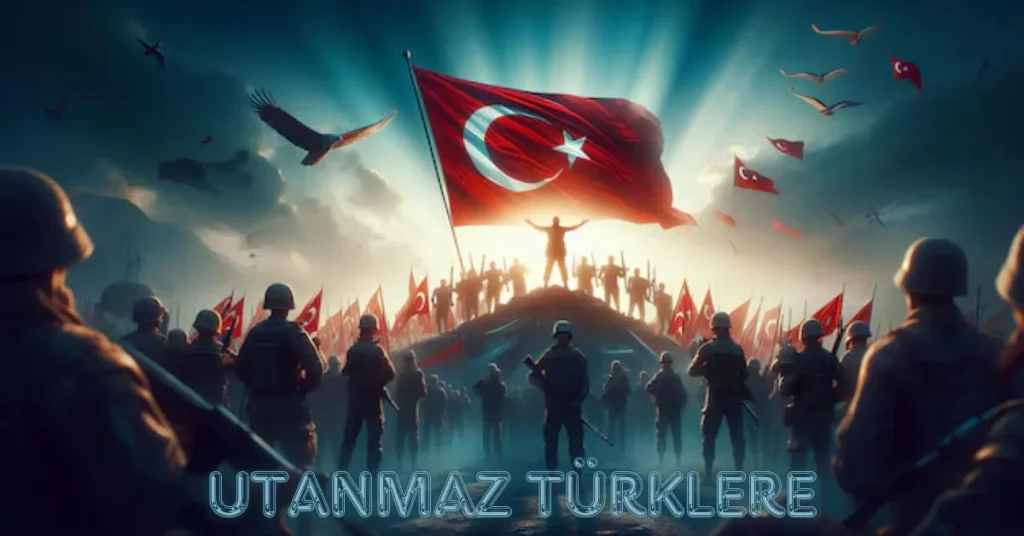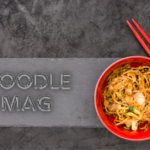Introduction to cultural perceptions and stereotypes
Cultural perceptions shape the way we view ourselves and others. They can build bridges or create barriers. One term that has sparked discussions—and often misunderstandings—is “utanmaz türklere.” This phrase evokes a complex tapestry of stereotypes surrounding Turkish identity, rooted in history and societal attitudes. But what does it really mean? In exploring this concept, we dive deep into the influences that mold our perspectives. From historical narratives to modern media portrayals, let’s unravel the layers behind these cultural perceptions and seek a more profound understanding of what it means to be part of this diverse heritage.
Understanding the concept of
The concept of “utanmaz türklere” refers to a stereotype that perceives certain individuals within Turkish culture as shameless or lacking moral boundaries. This label often emerges from misunderstandings and oversimplifications of complex cultural dynamics.
At its core, this perception is tied to broader issues around identity and societal norms. It reflects how outsiders may interpret behaviors through their own cultural lens, which can be fundamentally different from the Turkish experience.
People are multifaceted, shaped by personal histories and environments. Reducing them to one-dimensional stereotypes overlooks their richness and diversity.
Understanding these nuances is crucial for fostering empathy. When we engage with cultures beyond our own, it’s essential to approach them without preconceived notions. Only then can we appreciate the full spectrum of human experience that exists within any society, including Turkey’s vibrant tapestry of identities.
Historical and societal factors influencing this perception
Historical events have always shaped societal perceptions. The Ottoman Empire, for instance, left a complex legacy that influences how people view Turks today. Many stereotypes stem from historical narratives that emphasize certain traits while ignoring the diversity within Turkish culture.
Colonialism and global politics further complicate this perception. Western portrayals of Turkey often focus on specific characteristics, neglecting the rich tapestry of traditions and values present in Turkish society.
Societal factors also play a significant role. Economic challenges can lead to negative assumptions about cultural groups. When faced with hardship, societies may lean into stereotypes as a way to make sense of their circumstances.
These layers create an intricate web of understanding—or misunderstanding—surrounding what it means to be Turkish in today’s world. The challenge lies in peeling back these layers to reveal the true essence of cultural identity beyond labels and clichés.
The impact of media and popular culture on perpetuating stereotypes
Media plays a pivotal role in shaping perceptions. When it comes to the portrayal of certain groups, such as “utanmaz türklere,” these representations often lack depth and nuance.
Television shows, films, and social media frequently rely on caricatures rather than authentic stories. This can create lasting impressions that overshadow individual experiences. The focus tends to be on sensationalism over reality.
Popular culture thrives on stereotypes for quick storytelling. Unfortunately, this leads to generalized views that ignore diversity within cultures.
Moreover, these depictions influence how others interact with those labeled as “without shame.” Misunderstandings arise from one-dimensional portrayals that fail to capture the richness of Turkish identity.
As consumers of media, we have a responsibility to seek out more accurate representations. Engaging with varied narratives helps dismantle harmful stereotypes and fosters greater understanding among communities.
Challenging the stereotype through individual experiences and perspectives
Challenging the stereotype of “utanmaz türklere” starts with individual narratives. Every person has a unique story that defies broad generalizations.
Take Aylin, for instance. She grew up in Istanbul but moved to Berlin. Her experiences navigating two cultures shaped her identity in unexpected ways. Instead of conforming to stereotypes, she uses art to express her complexities.
Then there’s Emre, who proudly embraces his heritage while advocating for social justice. His community work showcases the depth and diversity within Turkish culture.
These personal stories highlight resilience and authenticity that counter preconceived notions. They remind us that stereotypes often fail to capture reality.
When we listen actively, we can appreciate the rich tapestry of human experience beyond simple labels or assumptions. Each voice adds another layer to understanding cultural identity fully without reducing it to shallow clichés.
Promoting cultural understanding and acceptance
Cultural understanding begins with genuine curiosity. Engaging with people from different backgrounds opens doors to new perspectives. Every conversation can challenge preconceived notions.
Education plays a vital role in this journey. Schools and communities should promote diversity through inclusive programs, exposing individuals to various cultures. Workshops and cultural events encourage interactions that foster acceptance.
Travel is another powerful tool for promoting understanding. Experiencing other cultures firsthand breaks down barriers often built by stereotypes. It allows individuals to appreciate the richness of diverse traditions.
Social media platforms also serve as spaces for dialogue and connection. Sharing stories, art, and experiences online creates a tapestry of shared human experience, showcasing commonalities rather than differences.
It starts with listening—truly hearing others’ stories without judgment or bias. This simple act cultivates empathy and encourages an environment where everyone feels valued regardless of their background.
Conclusion: Moving towards a more nuanced perception of cultural identities
Cultural perceptions shape how we view ourselves and others. The stereotype of “utanmaz Türklere” serves as a lens through which many evaluate Turkish culture—often skewed and simplistic. By unpacking these stereotypes, we can see that they stem from historical events, social contexts, and media representations.
Life experiences tell a different story. Many individuals defy the confines of this stereotype, showcasing diversity within Turkish identities. Their stories highlight the richness that exists beyond surface-level assumptions.
Promoting cultural understanding is essential in our interconnected world. Engaging with various narratives fosters empathy and acceptance among different cultures.
As we navigate conversations about identity, it’s crucial to embrace complexity rather than resort to generalizations. Moving forward means acknowledging individual experiences while challenging entrenched perceptions like those associated with “utanmaz Türkler.” Together, we can cultivate an environment where every culture is appreciated in its entirety—a tapestry woven from unique threads of experience and history.
FAQs
What is “utanmaz türklere”?
“Utanmaz türklere” translates to “shameless Turks” and refers to a stereotype suggesting certain individuals in Turkish culture lack moral boundaries.
What influences the stereotype of “utanmaz türklere”?
This stereotype is shaped by historical events, societal attitudes, and media portrayals that oversimplify complex cultural dynamics within Turkey.
How does media impact perceptions of “utanmaz türklere”?
Media often relies on caricatures and sensationalism, creating generalized views that fail to capture the rich diversity of Turkish identity.
Why is it important to challenge this stereotype?
Challenging the stereotype promotes a deeper understanding of individual experiences and the complexity of Turkish culture, fostering empathy and acceptance.
What can be done to promote cultural understanding?
Engaging with diverse narratives, participating in inclusive educational programs, and listening to personal stories can help break down stereotypes and build connections.







